How the Columbia astronauts died
Categories: Space
By Pictolic https://pictolic.com/article/how-the-columbia-astronauts-died.htmlOn February 1, 2003, intense work was going on at the NASA Mission Control Center — the Columbia reusable spacecraft was supposed to land. The descent from orbit took place in normal mode. At 08:44 AM ET, Columbia entered the dense layers of the atmosphere.
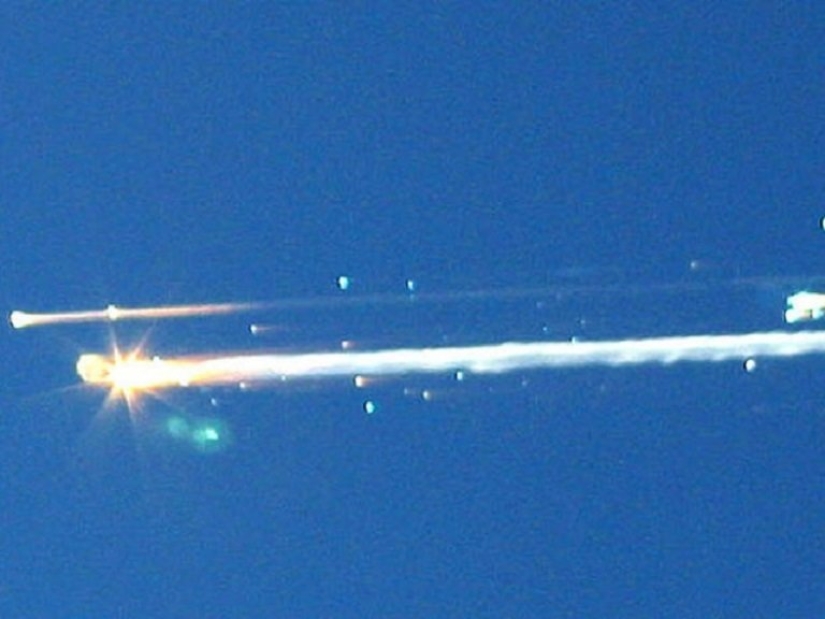
Ten minutes later, the mechanical systems and life support operator Jeff Kling noticed that the four sensors of the hydraulic system in the left plane of the wing show values below the sensitivity limit. After another five minutes, the pressure sensors in both tires of the left landing gear failed.
No one considered these problems serious - the operators exchanged messages with the crew, after which the connection with Columbia disappeared. A temporary loss of communication during the passage of dense layers of the atmosphere is not unusual, so the specialists at the MCC kept calm.
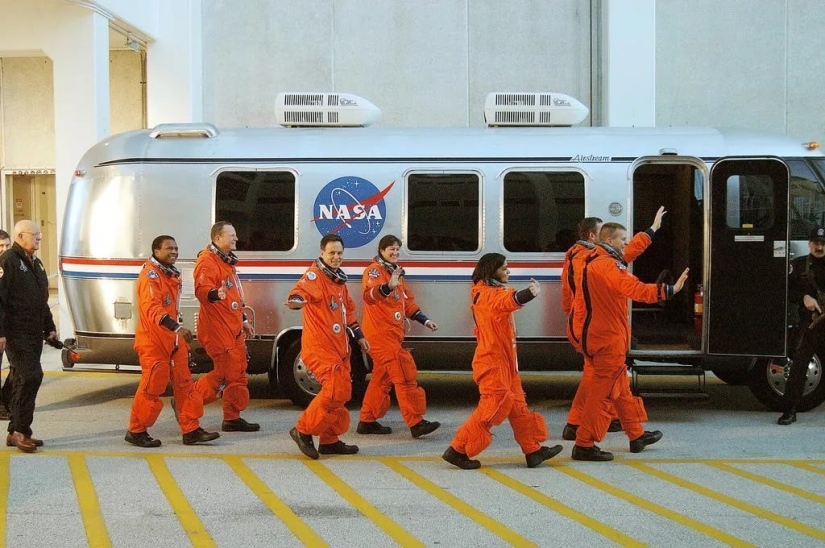
But minutes passed, and the connection was still not restored. Three and a half minutes before the Columbia, according to the flight plan, was supposed to land, a message came to the Mission Control Center: "On television they show how the wreckage of the ship is falling!" Indeed, at that moment one of the TV channels was showing a spectacular picture live: a whole scattering of "meteorites" was flying from the sky, leaving a bright trail to the ground.
NASA has issued an alert "in connection with the threat of the loss of the ship." However, the experts who saw what was broadcast live have already realized: neither the Columbia nor its crew is no more.
Until February 1, 2003, the history of manned cosmonautics counted three cases of death of space explorers directly during the flight. On April 24, 1967, during the landing of the Soyuz‑1 descent vehicle, Vladimir Komarov died due to an abnormal operation of the parachute system. On June 30, 1971, Georgy Dobrovolsky, Vladislav Volkov and Viktor Patsaev died as a result of the depressurization of the Soyuz-11 spacecraft. On January 28, 1986, Francis Scobie, Michael Smith, Allison Onizuka, Judith Resnick, Ronald McNair, Gregory Jarvis and Christa McAuliffe died as a result of the explosion of the fuel tank of the Challenger spacecraft at the 73rd second of the flight.
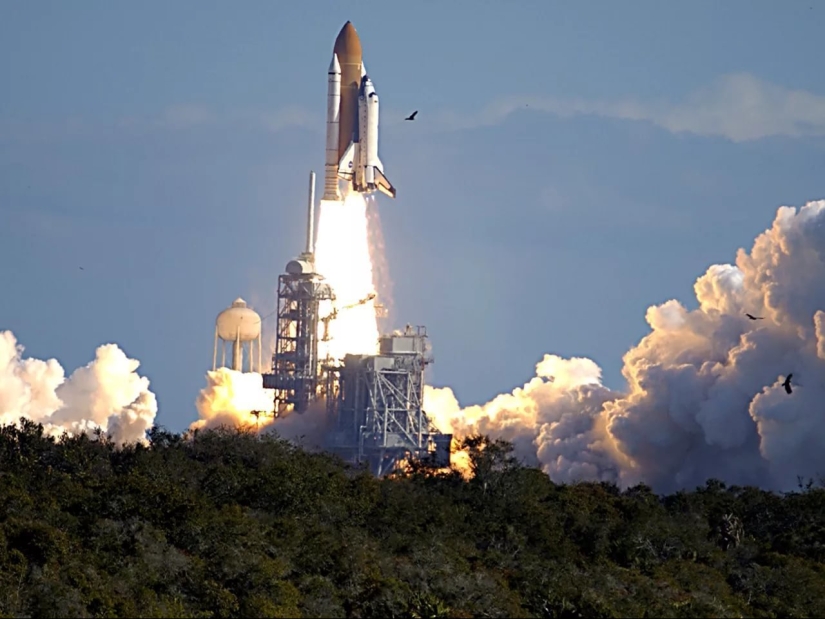
This sad list was joined by the crew of Columbia: Richard Hasband, William McCool, Kalpana Chawla, Michael Anderson, Laurel Clark, David McDowell Brown and Ilan Ramon. h2>Not a terrorist attack, but internal problems
What happened to Columbia? In the first hours, numerous versions of the disaster appeared, among which even a terrorist act appeared. The fact is that the crew included Israel's first astronaut Ilan Ramon. Some people felt that for religious fanatics, this could be a reason for sabotage.
The military and special services, however, quickly refuted this assumption — there was no way to bring an explosive device on board the ship. As for the missile attack, it would certainly have been recorded by tracking means. This meant that the cause of the tragedy was some problems related to the "Columbia" itself. But which ones?
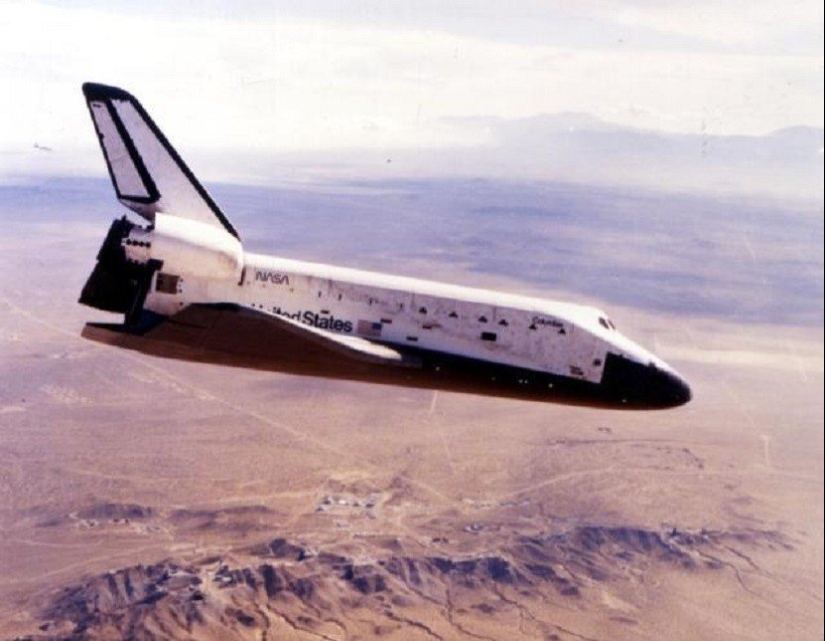
Heat protection issue
There were hundreds of different failures and malfunctions in flights, but they had no fatal consequences. Even in the very first flight, the astronauts noticed that some of the heat-protective tiles were damaged at launch, and some were simply lost.
Heat-protective tiles on a reusable ship are the most important element. They save the spacecraft from fatal damage during descent from orbit, when it literally burns during braking in dense layers of the atmosphere.
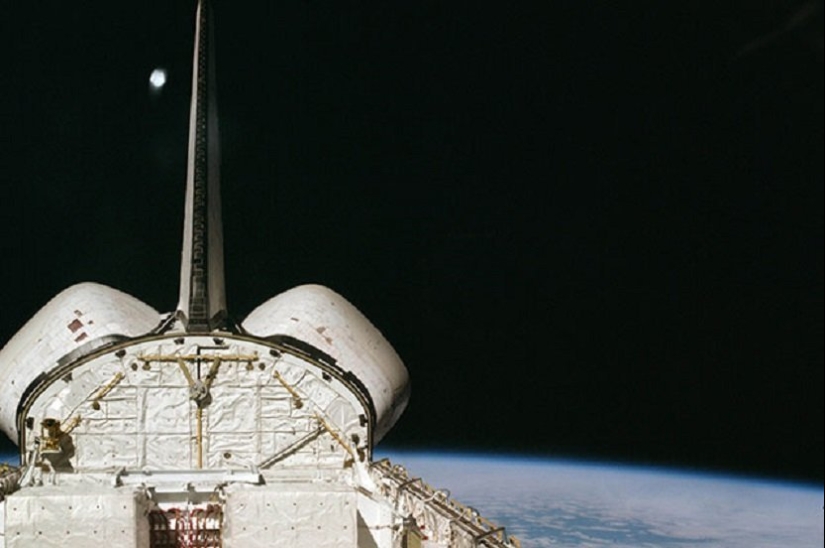
This effect is used to recycle spent satellites and cargo ships - deprived of thermal protection, they burn up when descending from orbit. A small part of the unburned debris, as a rule, falls into the ocean.
NASA specialists who studied the problem of loss and damage to the thermal protection of shuttles from the very first flight came to the conclusion that it does not pose a serious threat due to the insignificance of the damage. And indeed, before the fatal flight of the Columbia, the ships returned safely to Earth.
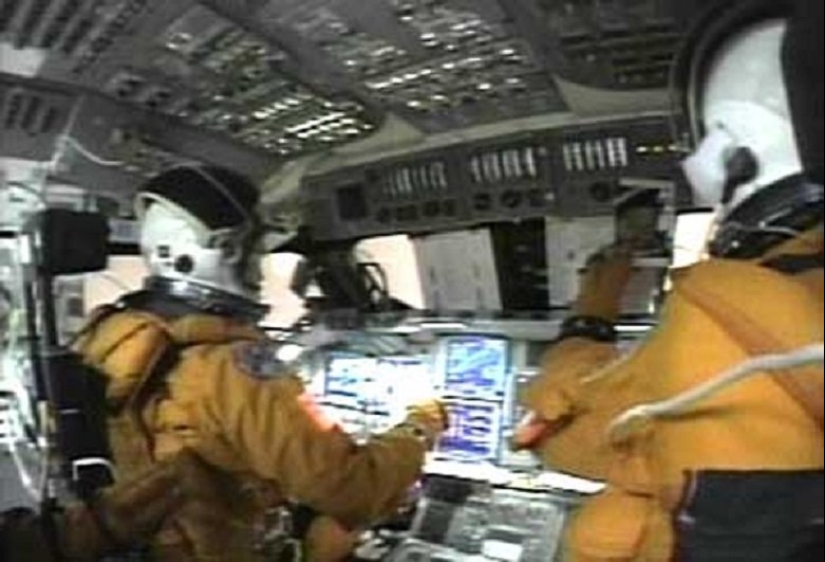
But now, after studying the telemetry data and the wreckage found, experts realized that the disaster occurred just because of damage to thermal protection.
In order to get a complete picture of what happened, it took several years, hundreds of examinations and dozens of various experiments.
As it turned out, the countdown to the crash began at the 82nd second of the flight. The outer fuel tank of the shuttles was covered with a thermal insulation coating designed to prevent the formation of ice on the shell of the tank filled with liquid oxygen and hydrogen.
At the 82nd second, a piece of insulation separated and hit the composite panel on the left wing of the Columbia with force. As a result of the impact , a hole with a diameter of 15-25 cm was formed .
Even during the flight, experts analyzed the record of the launch and drew attention to this moment. The NASA leadership, having received the report, waved away: have there been such cases before? Were! Have there been serious consequences? No! So, there is no reason to raise a panic.
There was another reason why NASA decided not to pay attention to the incident. The fact is that it was almost impossible to help the crew.
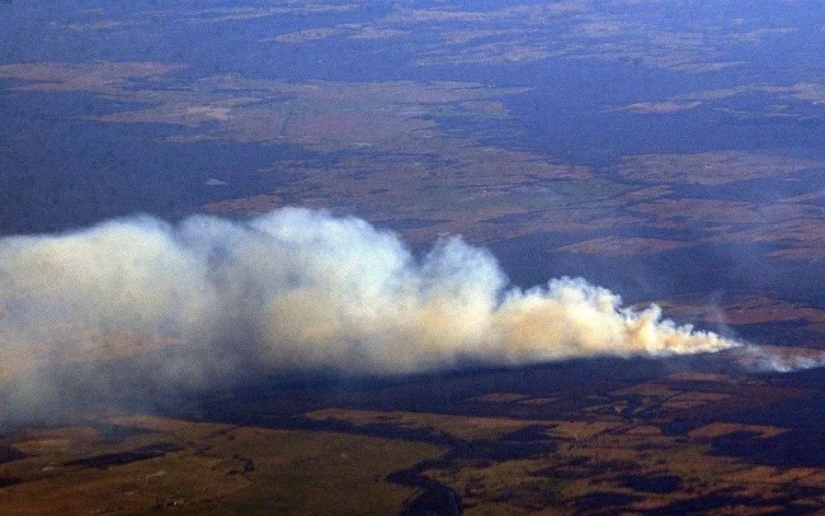
There were no spacesuits on board the Columbia in which it would be possible to go into outer space, so it would not have been possible to make repairs on their own. Not to mention that there were also no necessary materials and tools. The shuttle could not dock with the International Space Station due to the lack of a docking node. The astronauts could not wait for help in orbit either — water, air and food supplies were limited, and they would not have been enough for the time needed to prepare for the flight of another reusable spacecraft.
Surprisingly, the history of the Challenger was repeated with Columbia — in both cases, NASA bosses simply dismissed the information about the presence of dangerous malfunctions, counting on the American "maybe".
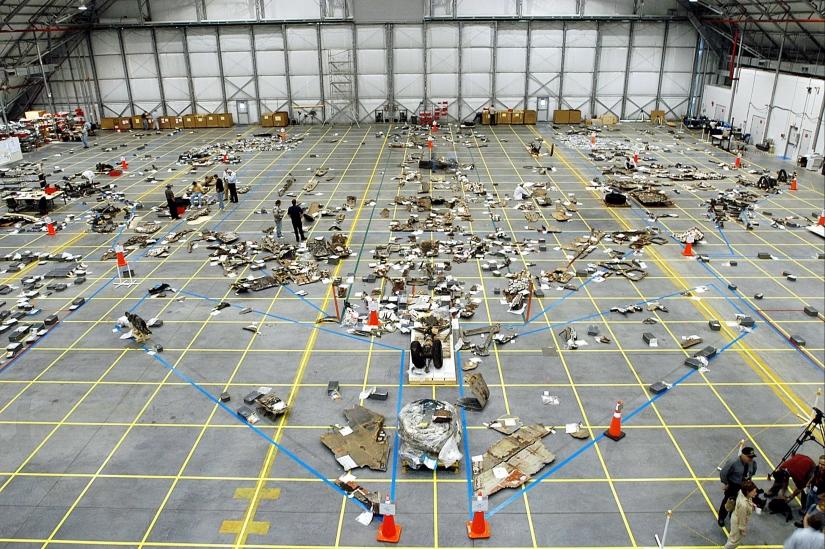
On February 1, 2003, it did not work. During the descent from orbit, a very large thermal load falls on the leading edge of the wing. At the moment when Columbia entered the zone of the heaviest loads, the thermal protection in the area of damage simply began to crumble. Landing gear was hidden in this area of the wing. The failure of the tire pressure sensors meant that they simply exploded from overheating. A powerful jet of incandescent gas hit from the niche where the landing gear was located, the wing completely collapsed, and after that the entire ship.
Having lost the wing, the Columbia spun and lost control. From that moment to the collapse of the cabin and the death of the crew, 41 seconds passed.
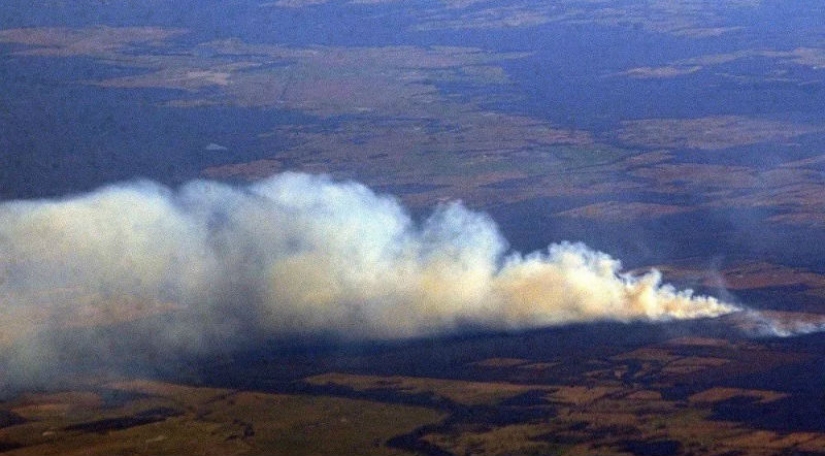
Since the connection was disconnected earlier, it is unknown how the astronauts behaved at this moment. According to the NASA report, the cabin depressurization occurred so quickly that the crew members lost consciousness before they had time to turn on their available protective equipment.
And this is another "maybe". According to the established rules, during the descent from orbit and landing, all crew members had to be fully dressed in spacesuits in order to switch to oxygen supply from autonomous systems in an emergency. In fact, the investigation showed that none of the seven astronauts had their spacesuit shields down, and one was sitting without a helmet at all. Three did not wear gloves, and there is also an explanation for this — it is difficult to work with the dashboard in them, and the astronauts preferred convenience to following instructions.
No matter how cruel it sounds, but this sloppiness helped the crew to avoid suffering. Theoretically, each of the astronauts had an individual parachute that he could use. But experts note that at the height and at the speed at which the Columbia was destroyed, the crew members would still have died from mechanical damage.
The only survivors of the disaster were the nematode worms Caenorhabditis elegans, which were experimented on in orbit. They were found in aluminum containers among the wreckage of the Columbia.
Following the results of the investigation, measures were taken — the remaining shuttles were equipped with everything necessary for repairs in orbit in case of similar damage. From now on, another ship with a reduced crew was put on duty at the cosmodrome as an "emergency" mission.
But the second disaster finally undermined the credibility of the Space Shuttle program, and it was closed. On July 21, 2011, the ship "Atlantis" completed the last expedition in the history of the project. The manned space program in the United States was put on pause, and American astronauts began to fly to the ISS on disposable Russian Soyuz rockets.
Recent articles

Since school, everyone knows that Tsar John IV the Terrible killed his son John. He did this with the pointed end of the staff and ...

Nothing in our world is eternal. The same applies to unique works of art and architectural masterpieces, which lose their original ...

At first glance, this old photo seems like the most ordinary one. But that's only if you don't know its history. The photo ...